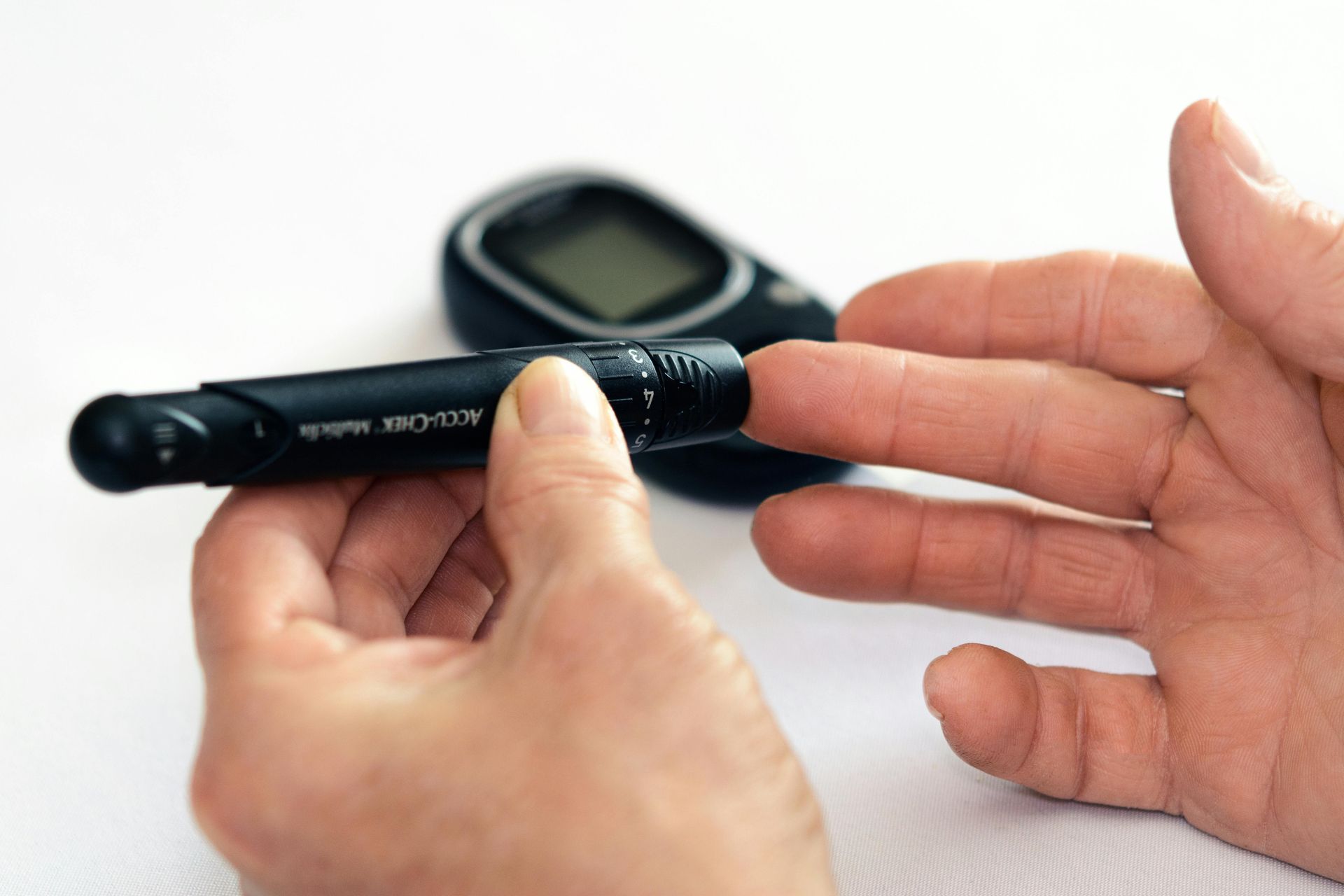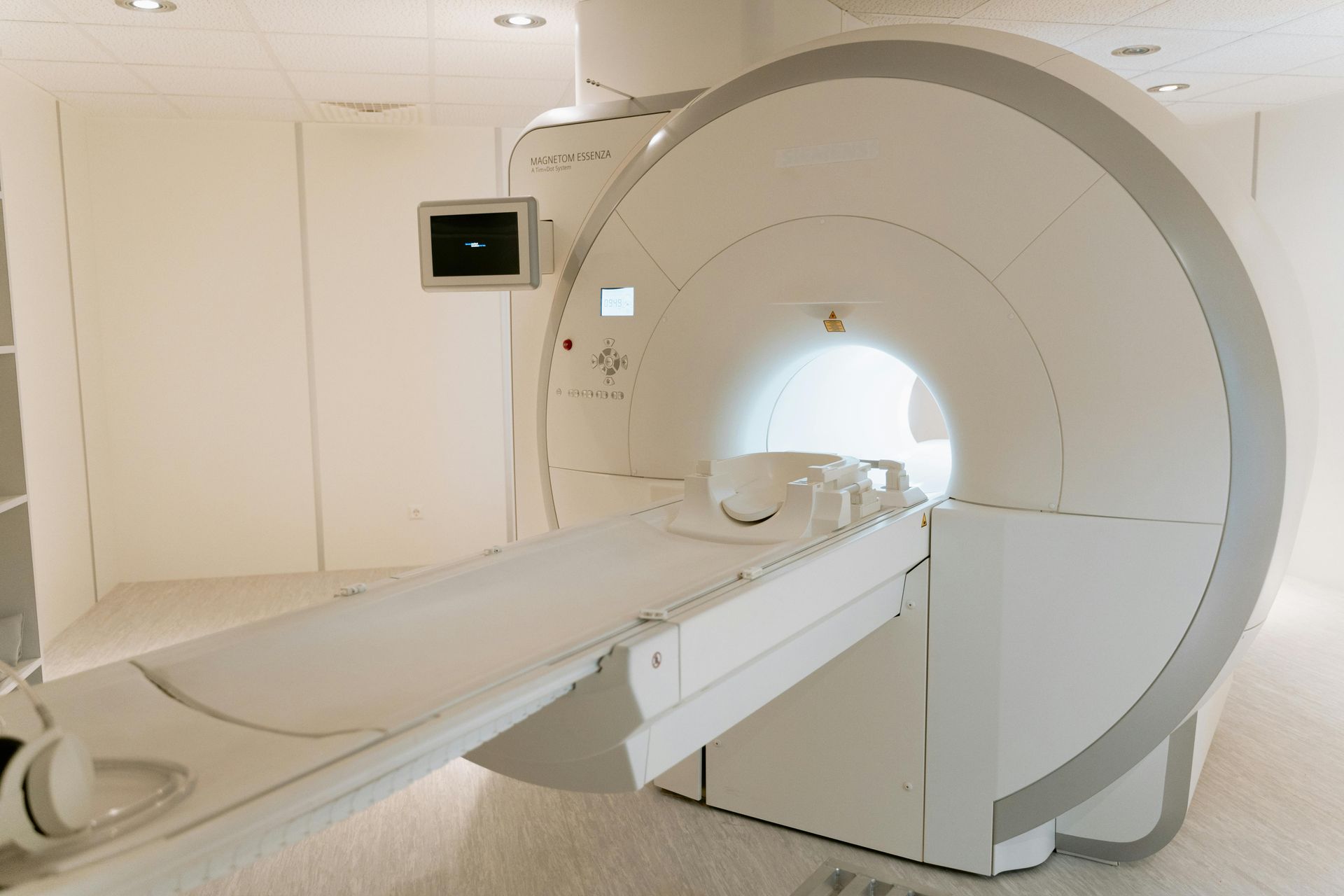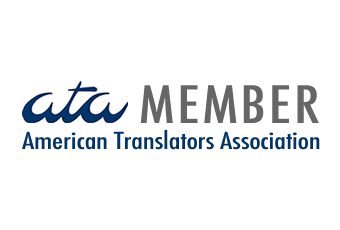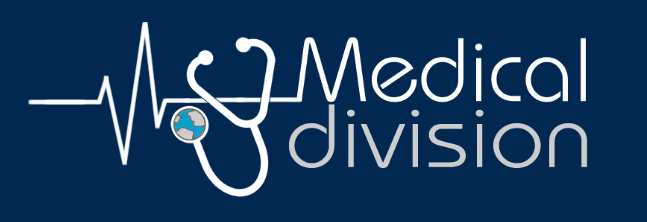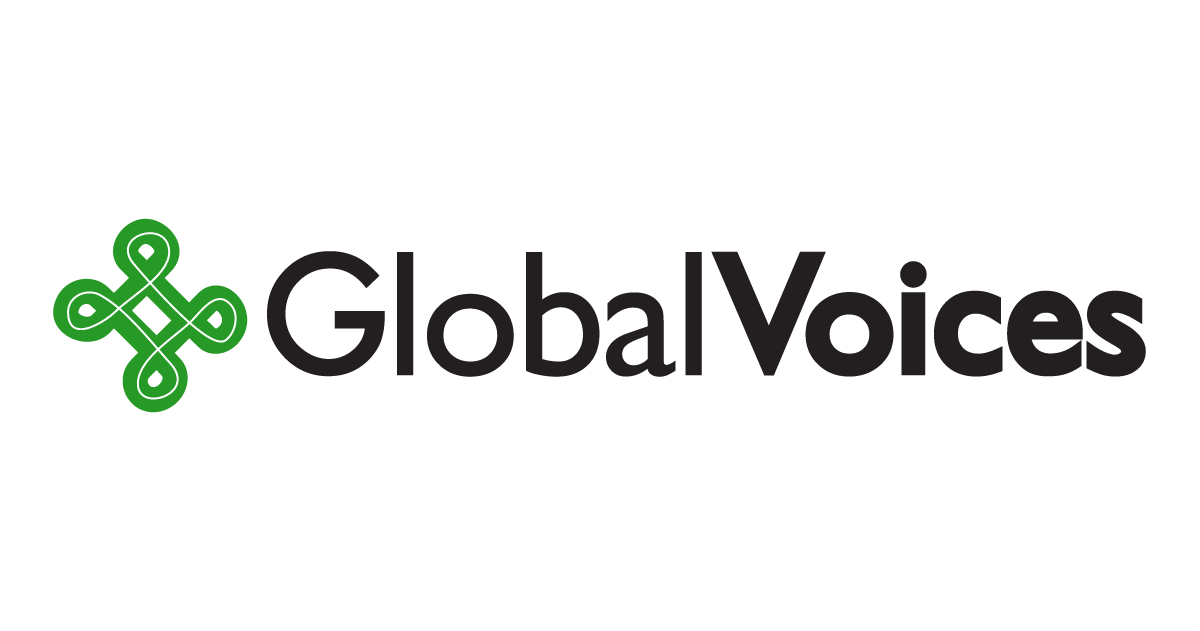By serving startups and companies in the MedTech and HealthTech industries exclusively, I leverage my expertise to provide accurate and reliable translations you can trust. I understand the highly regulated nature of the medical device sector and the critical role that translation quality plays in expanding into French-speaking markets such as France, Canada, Belgium, Switzerland, and various African countries.
My experience includes
translating medical device documents from English into French such as user guides, Instructions for Use (IFUs), Field Safety Notices (FSNs), product labels and packaging, patient and healthcare providers (HCP) questionnaires, clinical trial documents, notified body communications, promotional materials, and more.
Choosing a local subject-matter expert will not only guarantee that you receive high-quality and compliant translations but also that you gain valuable insights to boost adoption of your product among French-speaking users in the highly competitive MedTech industry.
Do you need to localize your medical software?
Localizing your medical device software for French-speaking markets (i.e. adapting all content and GUI elements to the local market) is essential to enhance usability and boost adoption. Read more about
Localization services for the MedTech industry.
Translation Services for Medical Device Manufacturers
Translating medical device manuals with precision
Translating instructions for the medical device industry not only requires mastering medical terminology in two languages but also a deep understanding the technical aspects of the product, navigating regulatory requirements, applying usability principles, and considering the local health system.
Furthermore, my background as a UX/UI designer complements my translation work by ensuring that the instructions are not only accurate but also user-friendly and accessible, effectively guiding French-speaking patients and health professionals to understand and use medical devices safely.
My process for translating medical device manuals into French with precision includes revision, proofreading, and QA steps in accordance with the ISO 17100:2015 standard. Here are some examples of medical devices for which I provide translation services:
- Single use devices
such as syringes and intravenous catheters
- Implantable medical devices such as
hip protheses, pacemakers, dental implants, insulin pumps, etc.
- Medical equipment
such as patient monitors and hemodialysis machines
- Surgical instruments
such as forceps, retractors, cytoscopes, and vascular clamps
- Laboratory instruments
such as IVD test kits, reagents, software, and systems
- Medical imaging equipment
such as Magnetic Resonance Imaging (MRI) and Computed Tomography (CT)
- Personal protective equipment: Gloves, masks, gowns, etc.
Translating Medical Device IFUs: Best Practices
Effective medical device IFUs translation requires much more than converting the text from one language to another. To ensure your translations comply with regulatory requirements and are safe for both medical staff and patients, the following steps must be carried out by a medical translator with expertise in medical technologies:
1. Understand the clinical purpose of the medical device, its functionalities, and technical specifications to prevent inaccurate translations that could have costly repercussions.
2. If applicable, check whether the user interface (UI) of the medical device has been localized (i.e. translated and adapted to the local market). If not, the IFUs must refer to buttons and other elements in English, adding the French translation in brackets for clarity.
3. Identify the target audience (i.e., the users) and adapt the translation to align with their technical and medical knowledge. IFUs for patients should be written clearly in plain language to avoid any ambiguity and ensure easy understanding, while IFUs for physicians and healthcare professionals should use specialized medical terminology and provide more detailed information.
4. All measurements, acronyms, references to the healthcare system, reimbursement schemes, etc., should be adjusted to standard practices in the local market and double-checked with the medical manufacturer when necessary.
5. Final step before delivery: Conduct thorough revision, proofreading, and quality assurance (QA) to ensure the translation is accurate, consistent, free of errors, and compliant with industry standards. This step is crucial for delivering high-quality documentation that meets the needs of both the users and regulatory bodies.
6. Feedback implementation: Review and incorporate any relevant feedback from the medical manufacturer to refine the translation and ensure it aligns with their expectations.
Do you need a professional to
translate your medical device documents into French?
Email me at contact@emilecret.com

